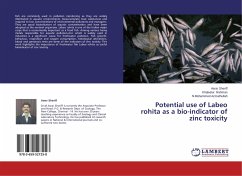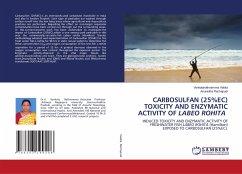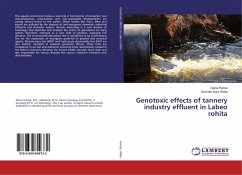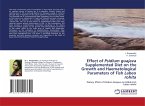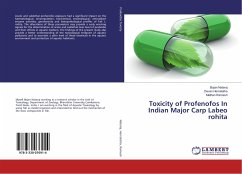Fish are commonly used in pollution monitoring as they are widely distributed in aquatic environments, bioaccumulate toxic substances and respond to low concentrations of environmental pollutants and mutagens. They are good bioindicators of aquatic contamination and have been adopted as the sentinel organisms. Labeo rohita is one of the Indian major carps that is economically important as a food fish. Among various heavy metals responsible for aquatic pollution,zinc which is widely used in industries is a significant cause for freshwater pollution. Fish growth, behaviour, respiration and oxygen consumption, histological alterations, blood and genotoxic tests are some of the indicators of zinc toxicity. This work highlights the importance of freshwater fish Labeo rohita as useful bioindicator of zinc toxicity.

